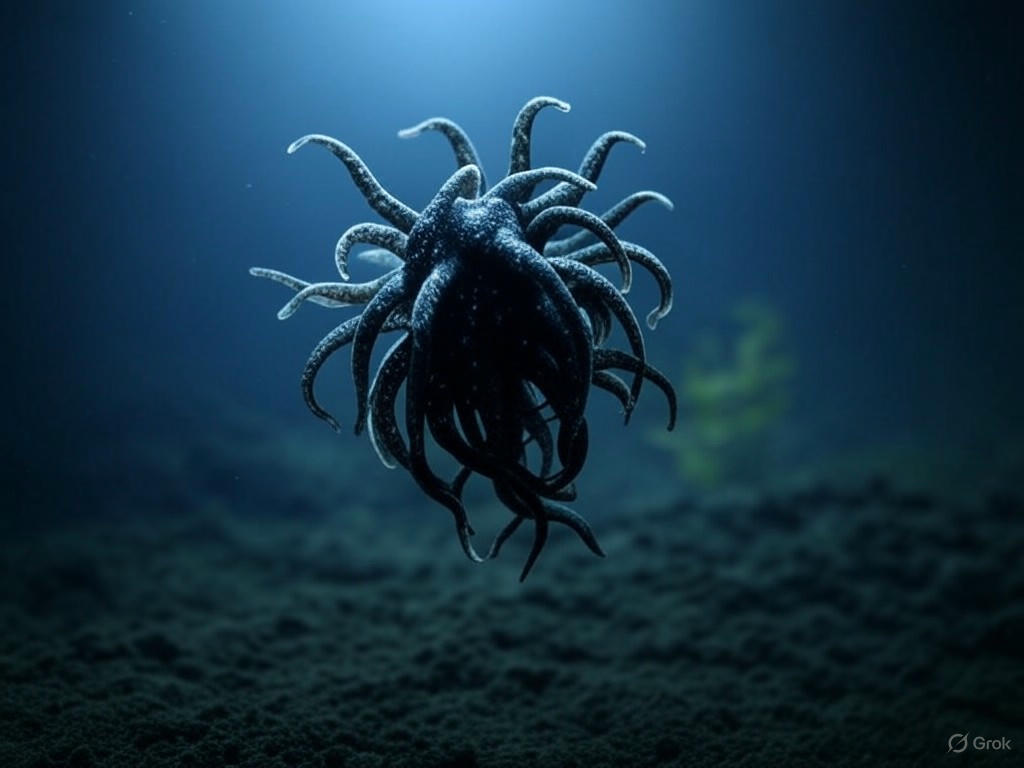In a groundbreaking discovery that has sent ripples through the scientific community, paleontologists have finally identified a peculiar marine predator from the depths of prehistoric oceans. This newly classified creature, an 85-million-year-old elasmosaur, has been dubbed a ‘sea monster’ for its sheer size and unique hunting style. Stretching an astonishing 12 meters in length, this ancient reptile roamed the seas during the Late Cretaceous period, a time when dinosaurs dominated the Earth. What sets this beast apart from its relatives is its unconventional approach to predation—striking its prey from above, a tactic rarely seen in marine reptiles of its era.
The journey to this revelation began decades ago when fragments of elasmosaur fossils were unearthed in North America. Initially, these remains puzzled researchers due to their distinct skeletal structure, which didn’t quite align with known species of elasmosaurs—long-necked marine reptiles often compared to the mythical Loch Ness Monster. Over the years, countless theories emerged about the creature’s behavior and appearance, but conclusive evidence remained elusive. Recent advancements in fossil analysis, combined with meticulous reconstruction efforts, have now painted a clearer picture of this enigmatic predator. Its robust jaw and streamlined body suggest it was a formidable hunter, likely ambushing unsuspecting fish and smaller marine creatures with deadly precision.
What makes this discovery even more captivating is the insight it offers into the diversity of ancient marine ecosystems. Unlike modern predators that often rely on speed or stealth from below, this elasmosaur’s aerial attack strategy indicates a complex food web where competition drove evolutionary innovation. Scientists speculate that its elongated neck, paired with powerful flippers, allowed it to hover near the ocean’s surface, scanning for prey before diving with lethal force. This behavior challenges previous assumptions about how these giants interacted with their environment, opening new avenues for research into the dynamics of prehistoric seas. The team behind the find hopes that further excavations in fossil-rich regions will uncover more clues about this species and its relatives, shedding light on how they adapted to a world vastly different from our own.
As we marvel at this ‘very odd’ sea monster, it serves as a reminder of the mysteries still buried in Earth’s ancient layers. Each fossil tells a story of a bygone era, offering a glimpse into a time when creatures like this ruled the oceans with unparalleled ferocity. This discovery not only redefines our understanding of elasmosaurs but also ignites curiosity about what other hidden giants await beneath the soil. For now, the scientific world celebrates this triumph, a testament to human perseverance and the endless quest for knowledge about our planet’s past. As research continues, one thing is certain: the ocean’s ancient depths still hold secrets that could reshape our view of history.
